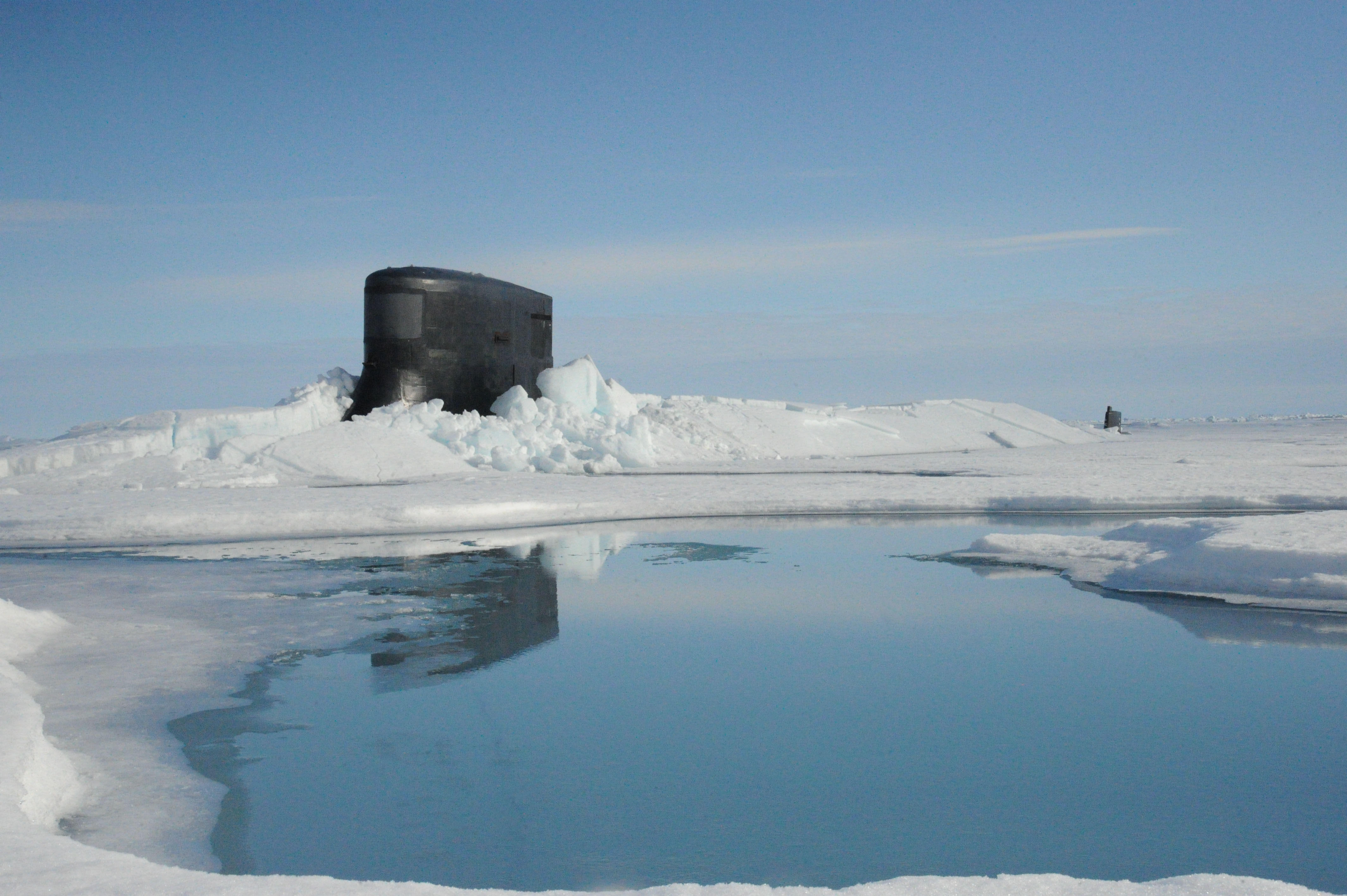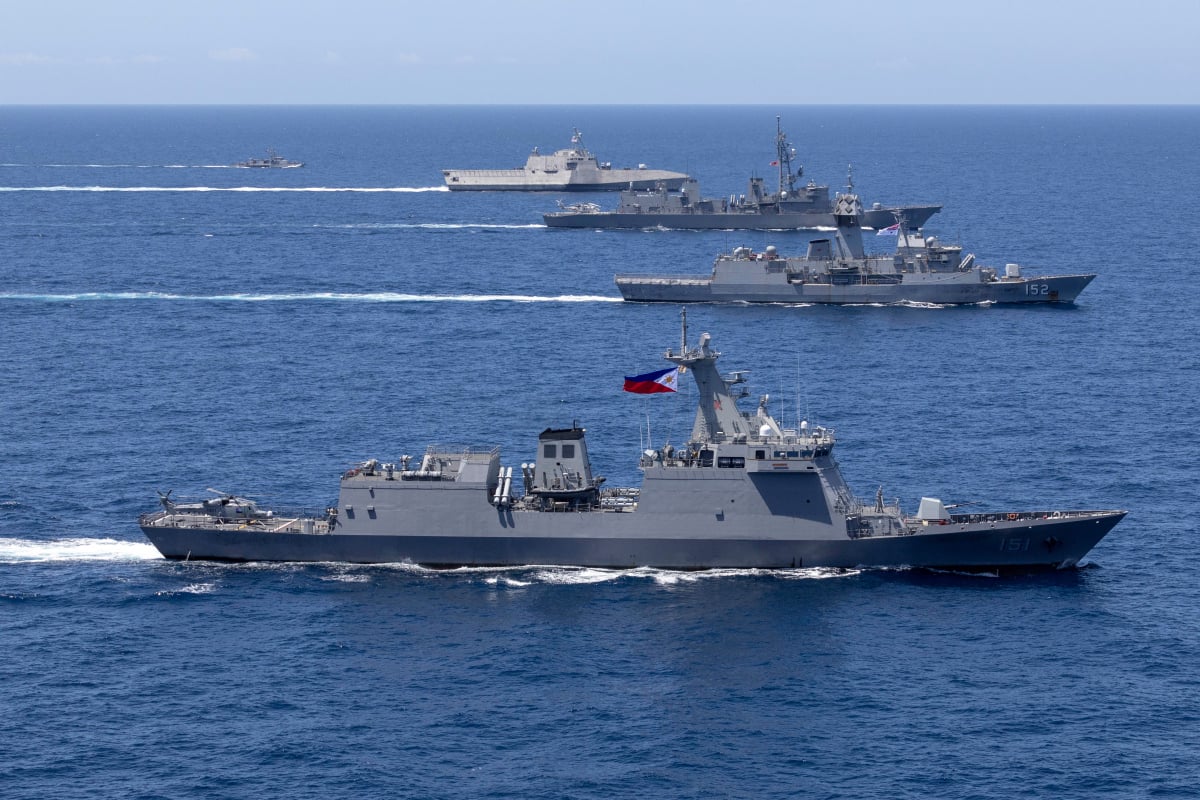
NATIONAL HARBOR, Md. – The Arctic is often characterized as a region of “high attention and low tension,” but that is changing as nations claiming the region look to their future economically, environmentally and possibly militarily as the ice continues to recede, a panel of international maritime experts agreed on Tuesday.
Speaking at the Navy League’s 2017 Sea Air Space exposition, Rear Adm. Nils Wang of the Royal Danish Navy joked that a Chinese defense attaché recently approached him and said, “The Arctic is hot.”
China has no territorial claims in the region, but is an observer nation of the Arctic Council. Beijing views the Arctic as part of the global commons open to all.
Rear Adm. Timothy Gallaudet, oceanographer of the U.S. Navy, said, “The volume [of ice] has decreased most dramatically,” by 40 percent, meaning the ice is young, less thick and subject to quicker melting, making it more accessible to human activity.
For all its reputation for being lawless, Wang said the Arctic actually is “very, very well regulated” and an area of international cooperation through the Law of the Sea Treaty — which the U.S. has not ratified but adheres to.
Russia, which has the largest territorial holdings in the region, sees the Northern Sea Route, one of three through the Arctic as an increasingly valuable economic asset in cutting shipping times, collecting tolls, from foreign vessels transiting these waters, maintaining maritime domain awareness, expanded fisheries and possible mineral mining and oil and gas extraction on the seabed and below.
For now the mining and resource extraction will “not be able to exploit for 50 years” and really “power politics.”
Most of this territory is in the “Black Arctic,” as Wang termed it, the area with the greatest human activity now including commercial transits and tourism by cruise ships. Italy, the nation operating the largest number of cruise ships is also an observer of the council.
“For now, Russia is playing by the book,” Wang said. Gallaudet added Moscow “doesn’t want to burn through these relations [with other nations including the United States] in the Arctic.” It is taking steps to build up defenses in the Arctic, Wang and others said.
Although Canada’s and the United States’ Arctic lands are the most ice chocked, Jeffery Hutchinson, commissioner of the Canadian Coast Guard, said, “We have to strengthen the [international] cooperation now” while “the primary threats are not military.”
Areas of cooperation include search and rescue and disaster response, but also in scientific research.
In the near-term, “we may be able to talk about transits, economic development” and indigenous communities. He sees building on scientific cooperation as a way forward. “We can’t let economic development get ahead’ of what is known scientifically about mining and extraction under those conditions.
“The Arctic is a success story right now,” Michael Emerson, the American Coast Guard’s senior Arctic adviser, said. “So far it has been easy” to cooperate on Arctic questions because there is not an arms race or major border disputes there, as there is the South China Sea. He said Coast Guard plans to build three heavy icebreakers and add two medium icebreakers will guarantee a visible American presence.
Gallaudet said, “We [in the Navy] have not yet assessed Arctic requirements.”





